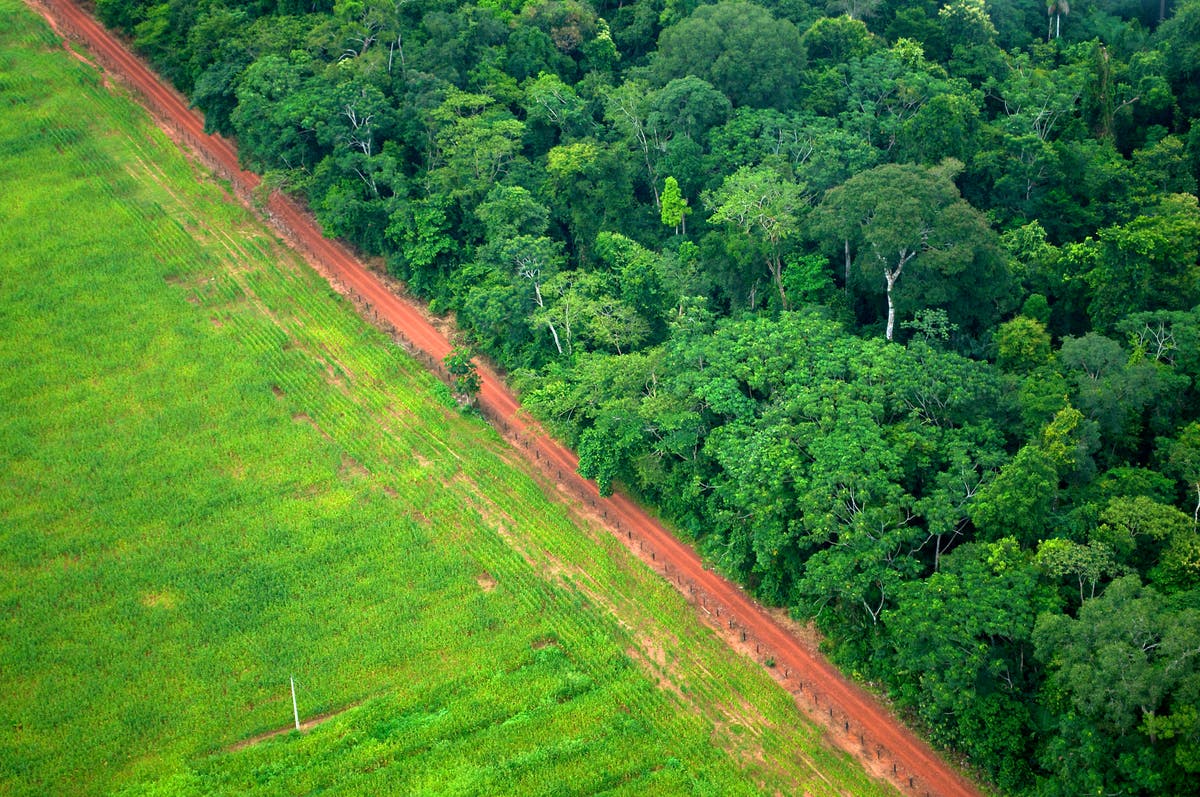
Creative Commons: Kate Evans
A new report from scientists at the Woods Hole Research Center (WHRC) and Boston University shows that due to deforestation and land degradation, the tropical realm is now releasing more carbon into the atmosphere than it absorbs. This is devastating news as most climate scientists have come to assume that tropical forests would largely remain intact, continuing to absorb as much as 17% of all carbon dioxide (CO2) emissions produced through the burning of fossil fuels.
The new report shows that when you factor in emissions from the deterioration of forests in the Amazon, Congo, and Indonesia, these regions now have a net CO2 absorption rate of less than zero. CO2 is the leading cause of climate change, and without these valuable carbon sinks much more CO2 is entering the atmosphere than previously anticipated.
The Leonardo DiCaprio Foundation recently provided a grant to support WHRC in creating a new online dashboard that will help governments and NGOs understand the impacts associated with tropical carbon sinks. The data was generated through a revolutionary new approach using a satellite-mounted laser device to “weigh” trees and shrubs (called “biomass”). They can then look at overall changes in biomass year to year.
With the upcoming climate conference, the findings add new urgency to the critical need for aggressive national and global-scale efforts to reduce greenhouse gas emissions. Importantly, the study suggests there is a critical window of opportunity to reverse the trend in emissions by halting deforestation and degradation, and actively restoring forests where they have been lost.
“These findings provide the world with a wakeup call on forests,” said WHRC scientist Alessandro Baccini, the report’s lead author. “If we’re to keep global temperatures from rising to dangerous levels, we need to drastically reduce emissions and greatly increase forests’ ability to absorb and store carbon. Forests are the only carbon capture and storage “technology” we have in our grasp that is safe, proven, inexpensive, immediately available at scale, and capable of providing beneficial ripple effects—from regulating rainfall patterns to providing livelihoods to indigenous communities.”
Using 12 years of satellite imagery (2003-2014), laser remote sensing technology and field measurements, Baccini and his team were able to capture losses in forest carbon from wholesale deforestation as well as from more difficult-to-measure fine-scale degradation and disturbance, which has previously proven a challenge to the scientific community over large areas.
“It can be a challenge to map the forests that have been completely lost,” said WHRC scientist Wayne Walker, one of the report’s authors. “However, it’s even more difficult to measure small and more subtle losses of forest. In many cases throughout the tropics you have selective logging, or smallholder farmers removing individual trees for fuel wood. These losses can be relatively small in any one place, but added up across large areas they become considerable.”

Using this new capability, the researchers discovered that tropics represent a net source of carbon to the atmosphere — about 425 teragrams of carbon annually – which is more than the annual emissions from all cars and trucks in the United States.



























